12-16-2020
News Release


The Cascade Forest Conservancy has launched a new initiative called the Instream Wood Bank Network. The network has the potential to revolutionize the scope, scale, and efficiency of aquatic restoration in southwest Washington and beyond.
The Instream Wood Bank Network was designed by Shiloh Halsey, Cascade Forest Conservancy’s Director of Programs, to address two challenges common to restoration professionals throughout the West; a lack of wood in streams and rivers and difficulty sourcing the wood needed for restoration.
Restoration experts say that before the removal of old-growth trees along rivers and streams, waterways contained more downed trees which diversified aquatic habitat and created deep cool pools needed by many aquatic species, including salmon, steelhead, and various trout species. Climate change is warming rivers in the Pacific Northwest, creating dangerous and potentially fatal conditions for migrating salmon and steelhead, making cold water refugia increasingly important to the survival of spring and summer runs of wild fish. (See Chuck Thompson’s July 23, 2020, piece for Columbia Insight “Thermal hopscotch: How Columbia River salmon are adapting to climate change” https://columbiainsight.org/thermal-hopscotch-how-columbia-river-salmon-are-adapting-to-climate-change/ )
“There is a pressing need to restore fish habitat on a large scale. There are fallen trees and logs on timberlands that can’t be sold—all of which could be used to help build back this habitat. But, there has never been a system in place to connect these two ends,” said Halsey. “And that is exactly what the Instream Wood Bank Network is designed to accomplish.”
The network sources non-saleable wood, then employs local contractors to move wood to a series of wood banks that are set up across the region. The network then provides these logs to restoration groups throughout southwest Washington.
“This is a game-changer for aquatic restoration,” said Brice Crayne of the Lower Columbia Fish Enhancement Group, one of many partner groups benefiting from the new initiative. Other partners and stakeholders include Cowlitz Indian Tribe, South Puget Sound Salmon Enhancement Group, U.S. Forest Service, Washington Department of Natural Resources, and others.
In addition to supplying wood for restoration, the network advances restoration in new areas by helping to prioritize, design, and coordinate the installation of small and medium-sized wood structures to increase restoration efforts in critical habitat areas not being addressed through existing efforts.
The network is currently focused on restoring watersheds in the southern Washington Cascades. With time, the Cascade Forest Conservancy hopes to expand the network into other areas of the Cascades.
More Information:

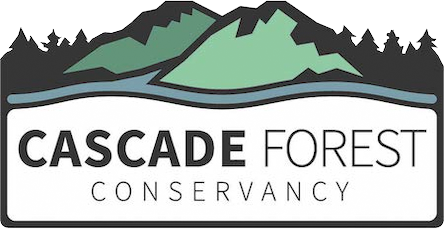
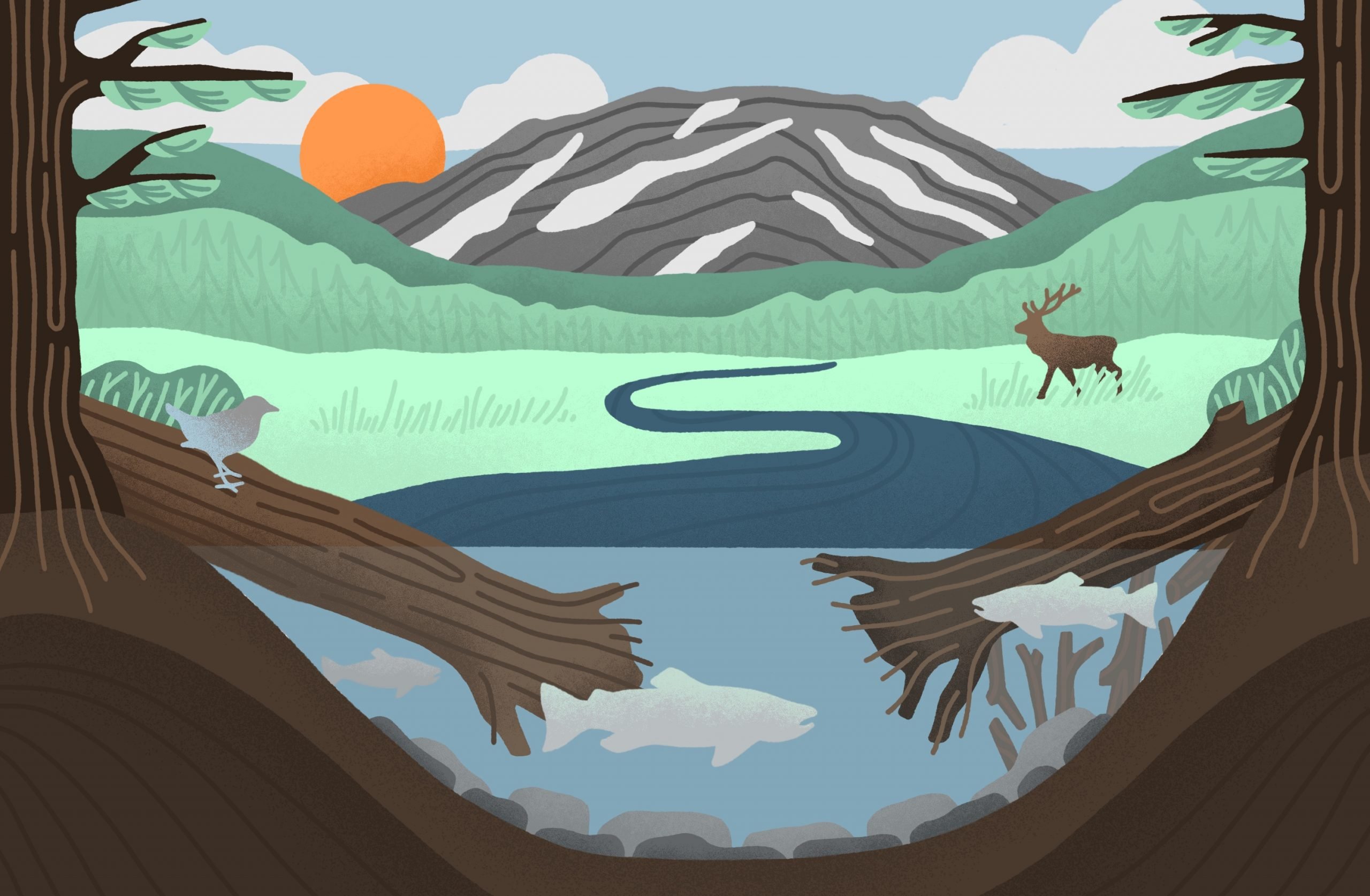

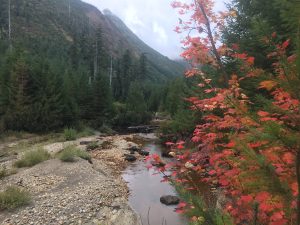 Drilling exploratory boreholes will cause significant negative impacts on the area and the people who enjoy it. The Ascot proposal involves reactivating old roads in pristine forest to transport trucks and heavy equipment to drill sites. Harmful chemicals would be used at the drill sites, some of which are located within 100 feet of waterways, and the constant noise of equipment would disturb wildlife and ruin some of the best fishing, hunting, hiking, horseback riding, and outdoor recreation opportunities in Washington State.
Drilling exploratory boreholes will cause significant negative impacts on the area and the people who enjoy it. The Ascot proposal involves reactivating old roads in pristine forest to transport trucks and heavy equipment to drill sites. Harmful chemicals would be used at the drill sites, some of which are located within 100 feet of waterways, and the constant noise of equipment would disturb wildlife and ruin some of the best fishing, hunting, hiking, horseback riding, and outdoor recreation opportunities in Washington State.

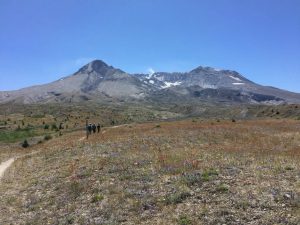

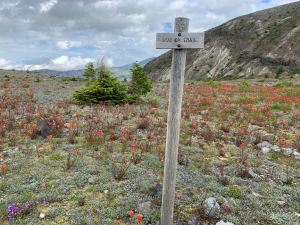
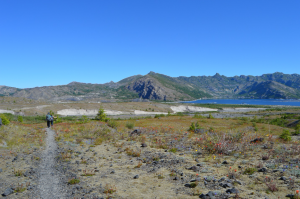

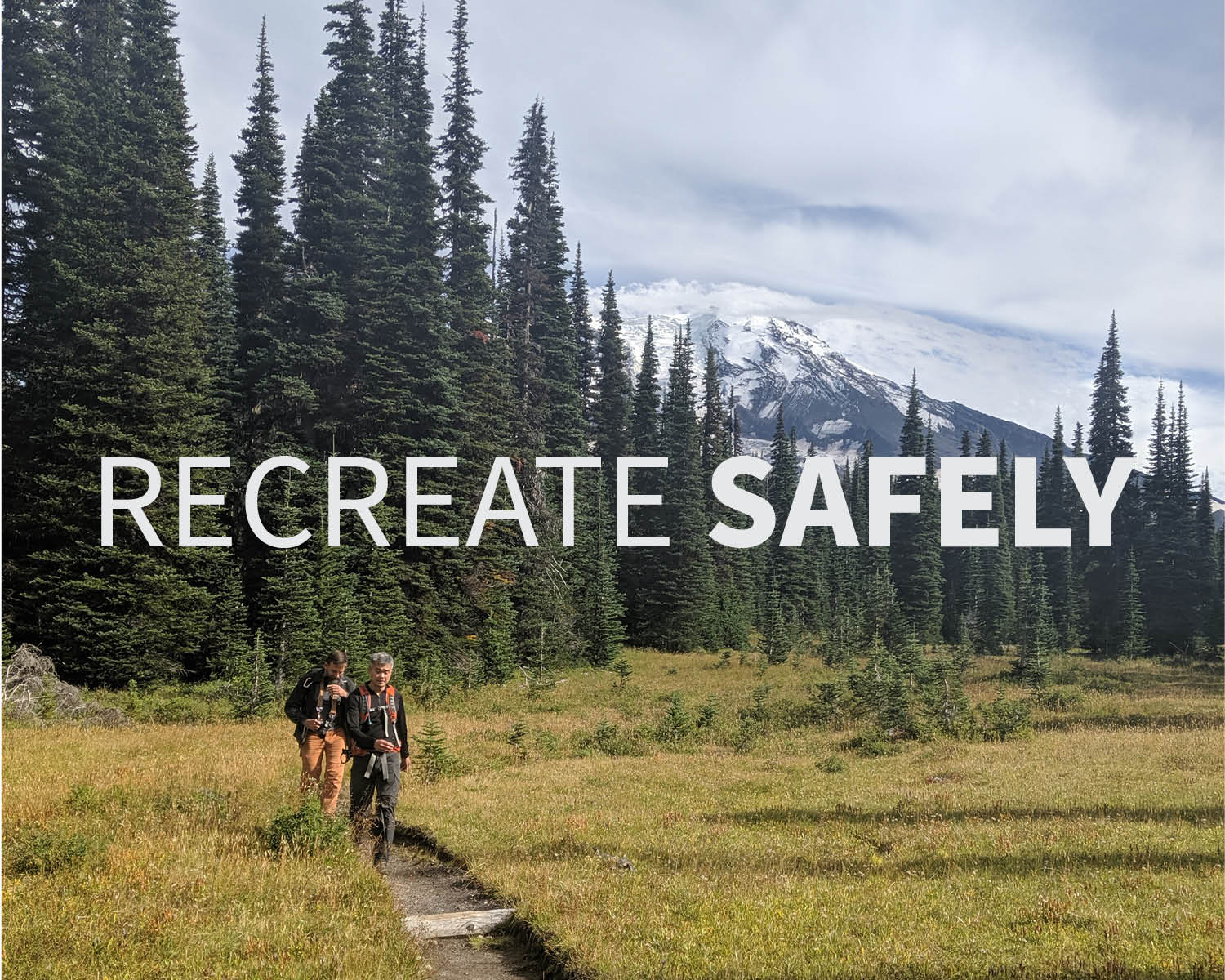
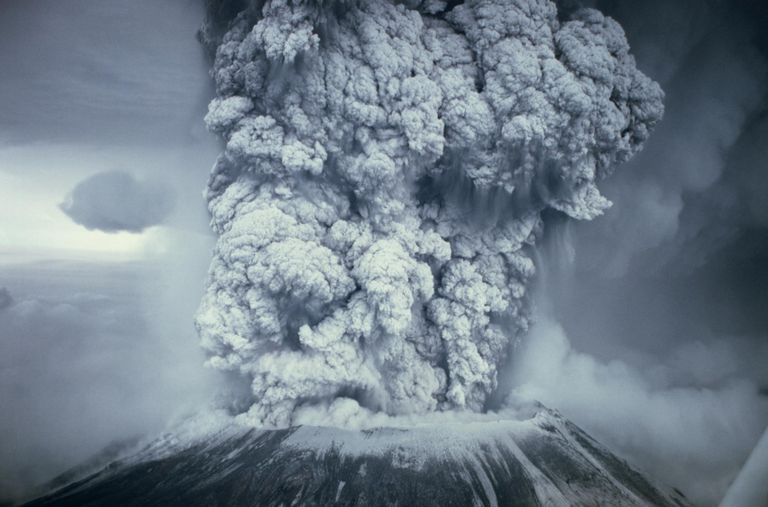
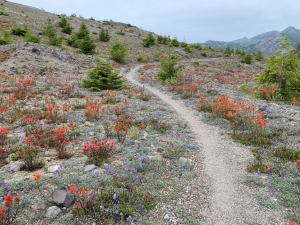 I was born a few years after the eruption of Mount St. Helens. The two five-gallon buckets of fine gray ash stored in our garage were curiosities I mostly ignored as I explored the seemingly ageless mountains, streams, and forests of the Pacific Northwest. They were certainly interesting–not only because of the stories associated with them, but also because their weight seemed alien, as if the contents of the buckets was at once too light and too heavy. In my mind, the Pacific Northwest had always been a place defined by peace and stillness. But as that ash attested to, the Pacific Northwest is in fact a place of incredible power and violence, of death and rebirth, destruction and transformation.
I was born a few years after the eruption of Mount St. Helens. The two five-gallon buckets of fine gray ash stored in our garage were curiosities I mostly ignored as I explored the seemingly ageless mountains, streams, and forests of the Pacific Northwest. They were certainly interesting–not only because of the stories associated with them, but also because their weight seemed alien, as if the contents of the buckets was at once too light and too heavy. In my mind, the Pacific Northwest had always been a place defined by peace and stillness. But as that ash attested to, the Pacific Northwest is in fact a place of incredible power and violence, of death and rebirth, destruction and transformation.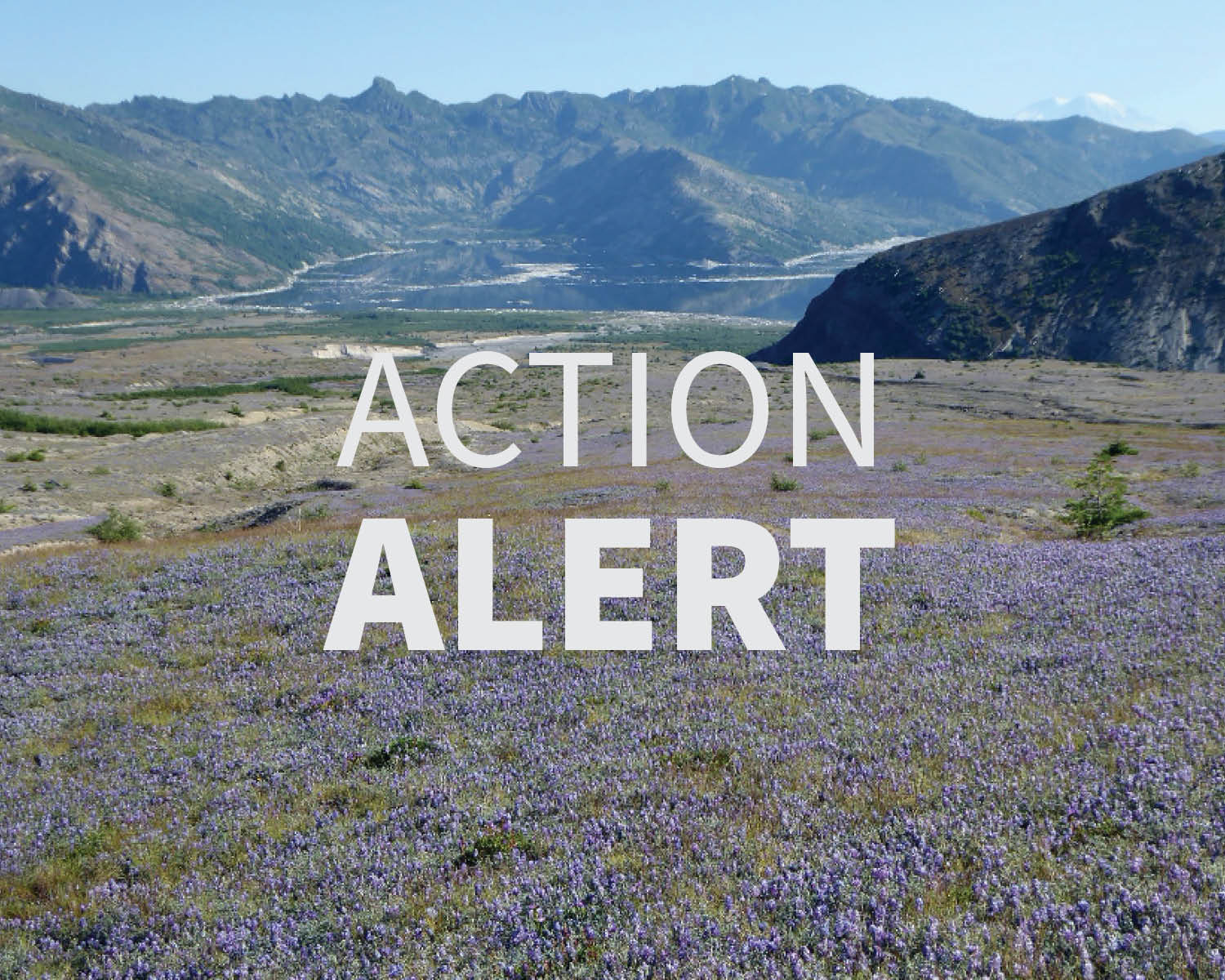
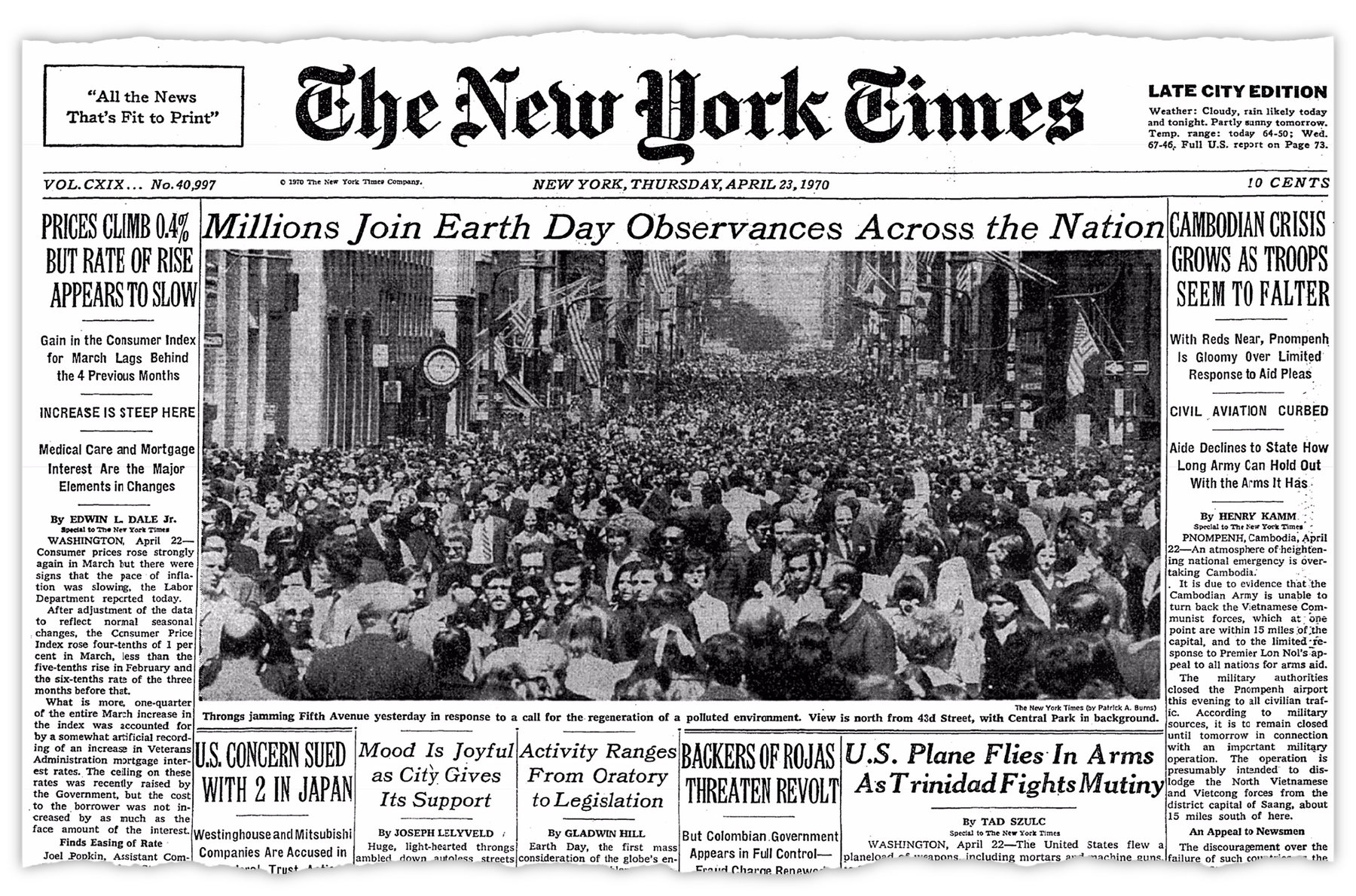

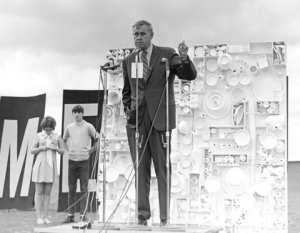

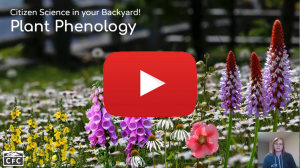


 By the 1990s, the use of ‘citizen science’ began to take off and there was an increase in the number of citizen projects, the variety of projects, and the size and scope of projects. Volunteers were being used across all fields and disciplines–making important contributions everywhere from astronomy to oceanography and everything in between. Today the number of citizen science participants have grown even more thanks to technological advancements. Advances like the internet and the creation of mobile smartphones have not only made information easier to obtain, but have created new ways for researchers to engage with large groups of people. For scientists who rely on data collected from the field, smartphones and their connectivity to the internet and their internal global positioning systems have greatly increased the ease of collecting data anywhere in the world. Volunteers are making huge contributions to our knowledge, whether gathering data from their own backyards or in the most remote places of the forest.
By the 1990s, the use of ‘citizen science’ began to take off and there was an increase in the number of citizen projects, the variety of projects, and the size and scope of projects. Volunteers were being used across all fields and disciplines–making important contributions everywhere from astronomy to oceanography and everything in between. Today the number of citizen science participants have grown even more thanks to technological advancements. Advances like the internet and the creation of mobile smartphones have not only made information easier to obtain, but have created new ways for researchers to engage with large groups of people. For scientists who rely on data collected from the field, smartphones and their connectivity to the internet and their internal global positioning systems have greatly increased the ease of collecting data anywhere in the world. Volunteers are making huge contributions to our knowledge, whether gathering data from their own backyards or in the most remote places of the forest. 